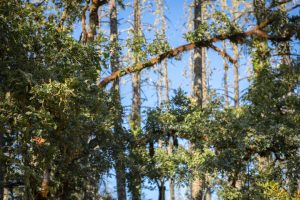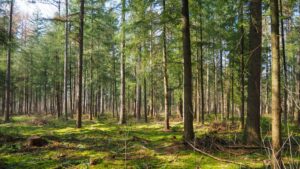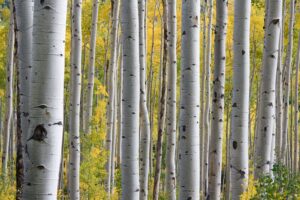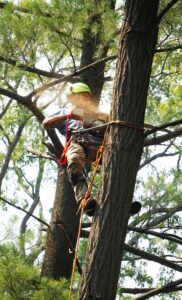UNDERSTANDING THE DIFFERENT TYPES OF TREE SUPPORTS
UNDERSTANDING THE DIFFERENT TYPES OF TREE SUPPORTS
Utah is home to a diverse range of trees that are well-adapted to its varied climate and geography. The types of trees found in Utah can be categorized into several major groups based on their characteristics and habitat preferences. Here’s an overview of the different types of trees in Utah:
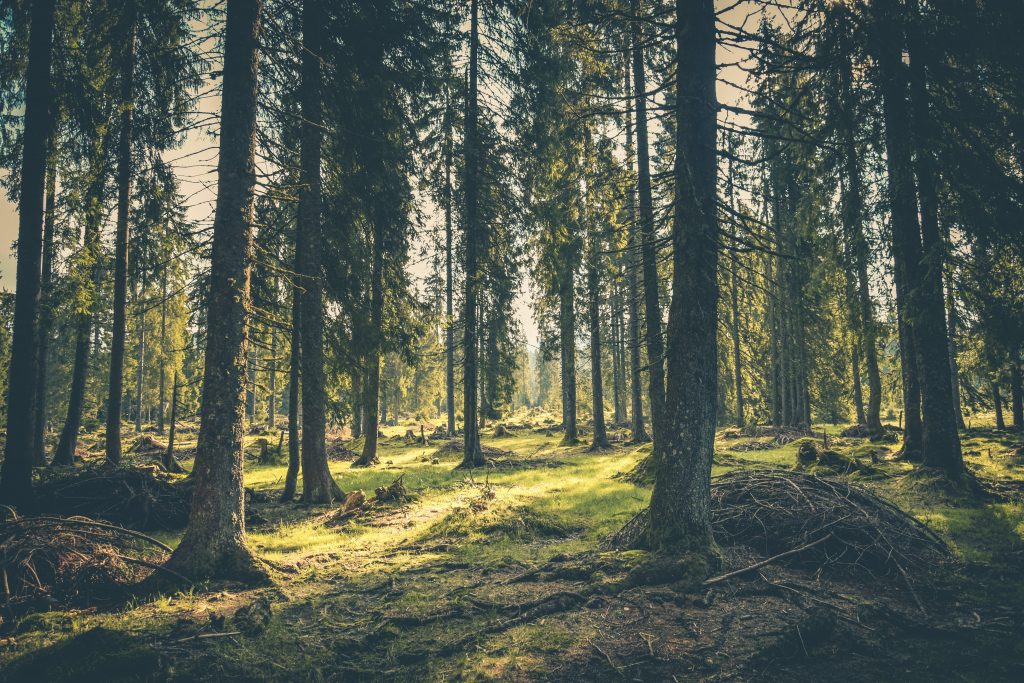
**1. Coniferous Trees:
- Ponderosa Pine: A common coniferous tree in Utah’s mountains, known for its tall trunk and distinctive orange bark.
- Douglas Fir: Found at higher elevations, this tree has soft needles and cones with bracts that resemble mouse tails.
- Engelmann Spruce: A high-altitude tree with blue-green needles, often found in mountainous regions.
**2. Deciduous Trees:
- Quaking Aspen: Known for its brilliant yellow leaves in the fall, aspen trees are common in Utah’s mountain valleys.
- Cottonwood: These trees thrive along riverbanks and can grow to impressive heights, providing shade and habitat.
- Box Elder: Known for its distinct compound leaves and helicopter-like seeds, it’s found in riparian areas.
- Maple: The Rocky Mountain maple is native to Utah and showcases vibrant fall colors.
- Oak: Utah has several oak species, including Gambel oak and scrub oak, which provide valuable wildlife habitat.
**3. Evergreen Trees:
- Blue Spruce: Recognizable by its blue-green needles and symmetrical shape, it’s often used for ornamental purposes.
- White Fir: Common in higher elevations, it features soft needles and is used for Christmas trees.
- Juniper: Various juniper species, including Utah juniper and Rocky Mountain juniper, are well-adapted to arid conditions.
**4. Fruit Trees:
- Apple: Some apple varieties can thrive in Utah’s climate, particularly in the cooler regions.
- Cherry: Sour cherry trees are more suited to Utah’s climate, with sweet cherries requiring extra care.
- Peach: With proper care, peaches can produce delicious fruit in Utah’s warmer areas.
**5. Shade Trees:
- Honeylocust: Known for its delicate leaves and tolerance to urban environments.
- London Plane: A popular choice for urban planting due to its resistance to pollution.
- Norway Maple: Known for its large, shade-providing canopy and distinctive leaves.
**6. Native Trees:
- Utah’s native trees have evolved to thrive in the state’s diverse ecosystems, from high mountain forests to desert landscapes.
Understanding the different types of trees in Utah is essential for choosing appropriate species for landscaping, conservation efforts, and ensuring the health of natural ecosystems. It’s important to consider factors such as water availability, soil conditions, and altitude when selecting trees for planting. Consulting with local forestry experts or arborists can provide valuable insights into which trees are best suited for your specific area within Utah.
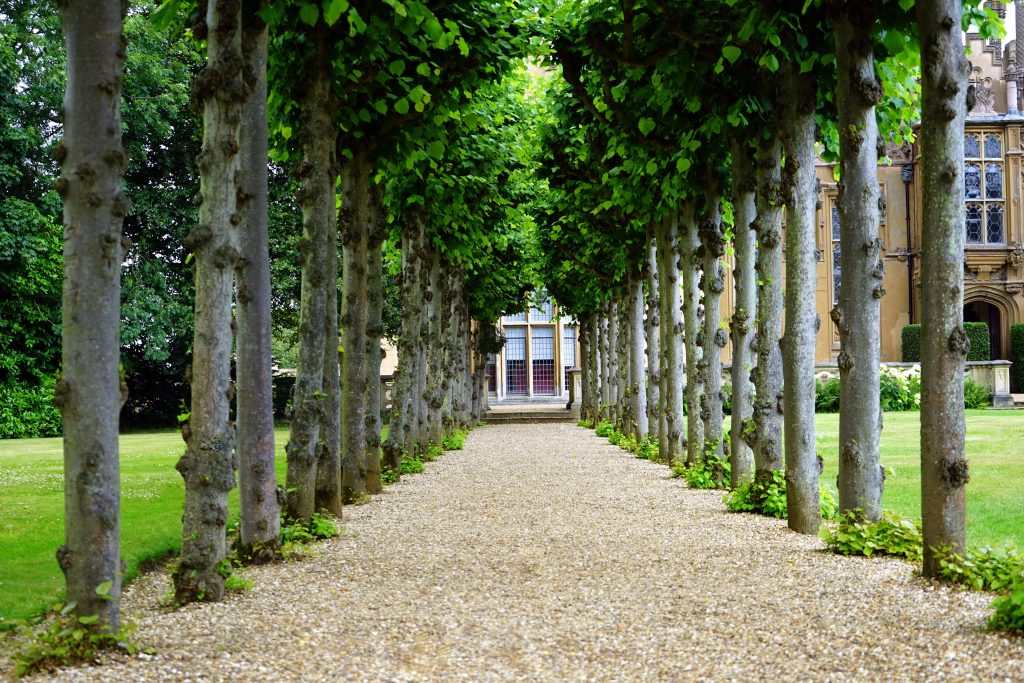
**1. Riparian Trees:
- Willow: Common along streams and riverbanks, willows provide erosion control and habitat for various wildlife.
- Alder: Also found in riparian areas, alders contribute to stabilizing soil and creating habitat diversity.
**2. High Desert Trees:
- Piñon Pine: Well-suited to Utah’s desert regions, piñon pines produce edible pine nuts and offer valuable shade.
- Utah Juniper: A hardy desert tree with twisted branches that provide shelter for animals and prevent soil erosion.
**3. Introduced Trees:
- Russian Olive: Despite being invasive in some areas, Russian olive trees have adapted to Utah’s dry climate and produce small olive-like fruit.
- Tree of Heaven: An introduced species often found in urban areas, known for rapid growth.
**4. Urban Landscape Trees:
- London Plane: Thrives in urban environments due to its tolerance to pollution and disease resistance.
- Japanese Zelkova: Often planted as a street tree, it has an attractive vase-shaped canopy.
**5. Mediterranean Trees:
- Italian Cypress: Known for its tall, slender form and dense foliage, it’s commonly seen in Mediterranean-style landscaping.
- Olive Tree: Although less common, olive trees can be found in Utah’s warmer areas, especially in gardens with a Mediterranean theme.
**6. Ornamental Trees:
- Flowering Crabapple: Chosen for its vibrant spring blooms, crabapple trees add color to landscapes.
- Flowering Pear: Features beautiful white flowers in spring and is commonly used for ornamental purposes.
**7. Rare and Endangered Trees:
- Some species of trees in Utah are considered rare or endangered, such as the Bonneville cutthroat pine, which is native to specific regions and requires conservation efforts.
Understanding these various types of trees in Utah is essential for making informed decisions about landscape design, conservation, and responsible tree planting. Each tree type contributes to the unique ecological balance of the state and provides valuable benefits to both nature and communities.
Having trees in Utah provides a multitude of benefits that extend beyond mere aesthetics. From environmental advantages to improving the quality of life for residents, the presence of trees contributes significantly to the state’s well-being. Here are several compelling reasons for having trees in Utah:
**1. Environmental Benefits:
- Air Quality Improvement: Trees act as natural air filters, absorbing pollutants such as carbon dioxide, ozone, and particulates, and releasing oxygen in return.
- Cooling Effect: Trees provide shade, reducing the urban heat island effect and lowering temperatures in hot climates.
- Erosion Control: Tree roots help stabilize soil, preventing erosion and runoff into water bodies.
**2. Wildlife Habitat:
- Biodiversity: Trees create diverse habitats for birds, insects, and other wildlife species, enhancing local ecosystems.
- Food and Shelter: Trees provide nesting sites, shelter from predators, and a source of food for animals.
**3. Water Management:
- Water Regulation: Trees help regulate water flow by absorbing and storing rainwater, reducing the risk of flooding.
- Water Quality: Tree roots filter and purify water as it percolates through the soil, improving water quality.
**4. Health and Well-Being:
- Mental Health: Green spaces with trees have been shown to reduce stress, anxiety, and depression, contributing to improved mental well-being.
- Physical Health: Access to tree-filled environments encourages outdoor activities, fostering a healthier lifestyle.
**5. Energy Savings:
- Shade and Insulation: Properly placed trees can provide shade to buildings, reducing cooling costs during hot summers. They also act as windbreaks, reducing heating costs in winter.
**6. Aesthetic Value:
- Scenic Beauty: Trees enhance the visual appeal of landscapes, making communities more attractive and inviting.
- Seasonal Interest: The changing colors of leaves in the fall and the blooming of flowers in spring contribute to the beauty of Utah’s natural surroundings.
**7. Community Benefits:
- Recreation: Parks and green spaces with trees offer recreational opportunities such as picnicking, jogging, and relaxation.
- Community Cohesion: Tree-lined streets and parks encourage social interaction and strengthen community bonds.
**8. Economic Value:
- Property Value: Landscaping with trees can increase property values and attract potential buyers, benefiting homeowners and communities.
- Tourism: Areas with well-maintained trees can attract tourists, boosting local economies.
**9. Conservation:
–Preservation of Native Species: Trees native to Utah contribute to the state’s biodiversity and cultural heritage.
**10. Education and Research:
– Educational Opportunities: Trees provide learning opportunities about botany, ecology, and the natural world. – Research: Trees offer valuable insights into climate change, ecosystem dynamics, and environmental science.
In Utah’s unique climate and landscapes, trees play a vital role in maintaining ecological balance, enhancing urban environments, and promoting the overall well-being of its residents. By valuing and actively planting trees, individuals and communities contribute to a sustainable and vibrant future for the state.
Hiring tree experts, also known as arborists or tree care professionals, in Utah is essential for various reasons due to the unique climate, landscape, and tree species found in the state. Tree experts possess the knowledge, skills, and experience needed to ensure the health, safety, and proper maintenance of trees. Here are compelling reasons for hiring tree experts in Utah:
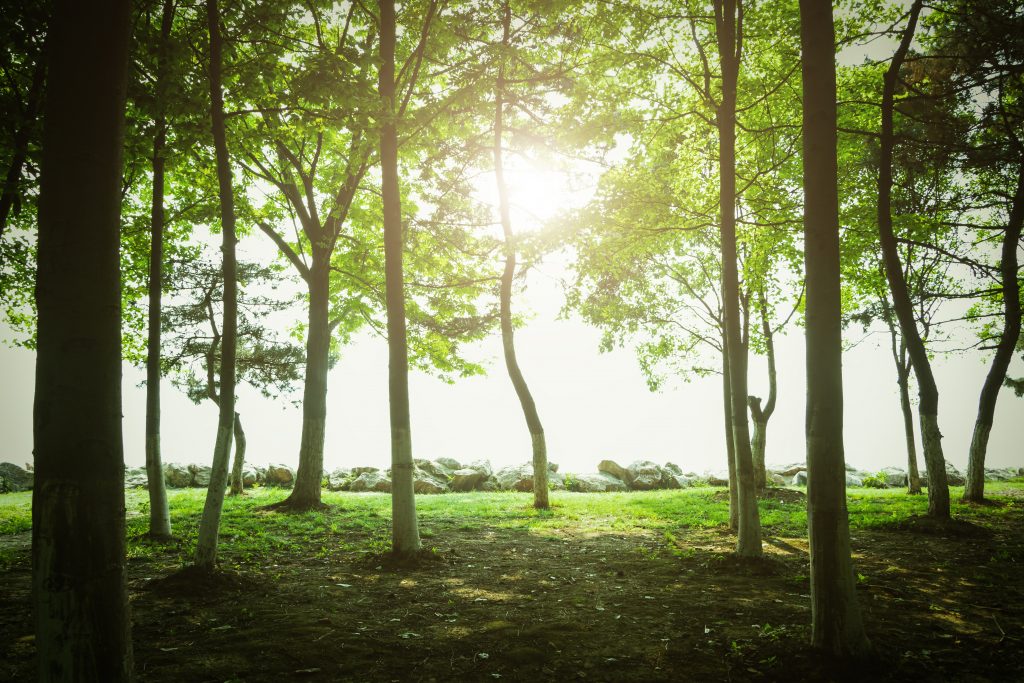
**1. Tree Health and Care:
- Species Expertise: Tree experts are knowledgeable about the specific tree species native to Utah and their unique care requirements.
- Pruning Techniques: Proper pruning enhances tree health, promotes growth, and prevents diseases. Tree experts apply the correct techniques based on tree species.
**2. Disease and Pest Management:
- Early Detection: Tree experts can identify signs of diseases, pests, or infestations before they become severe, preventing the spread to other trees.
- Effective Treatment: Arborists have access to treatments and methods that are safe for the environment and effective in controlling tree health issues.
**3. Safety and Risk Assessment:
- Tree Evaluation: Experts assess the structural integrity of trees to identify weak branches or potential hazards that could pose risks to people or property.
- Proper Pruning: Tree experts can selectively remove hazardous branches without compromising the tree’s health or stability.
**4. Tree Planting and Selection:
- Site Assessment: Arborists can recommend suitable tree species for planting based on factors such as soil quality, sunlight, and space constraints.
- Proper Planting: Hiring experts ensures proper planting techniques that encourage healthy root development and long-term growth.
**5. Professional Equipment:
- Specialized Tools: Tree experts have access to specialized tools and equipment required for safe tree climbing, pruning, and removal.
- Safety Gear: Arborists are equipped with safety gear to prevent accidents during tree care operations.
**6. Emergency Services:
- Storm Damage: Tree experts are trained to respond to storm-related damage, including fallen trees or branches, quickly and safely.
- Emergency Removal: In situations where a tree poses an immediate threat, experts can safely remove the tree while minimizing risk.
**7. Tree Preservation:
- Cultural and Heritage Trees: Tree experts can assess and preserve historic or culturally significant trees, ensuring their longevity.
- Conservation Efforts: Hiring professionals supports efforts to protect and conserve native and endangered tree species.
**8. Expert Advice:
- Consultation: Arborists provide valuable advice on tree care, landscaping, disease prevention, and overall tree management.
- Long-Term Planning: Experts can develop comprehensive plans for ongoing tree care, ensuring trees remain healthy and vibrant.
**9. Regulatory Compliance:
- Permits and Regulations: Tree experts are familiar with local regulations and permitting requirements related to tree removal and care.
**10. Saves Time and Money:
– Prevention: Early intervention by tree experts can prevent costly damages caused by tree-related accidents or health issues. – Efficiency: Professionals can perform tasks more efficiently, saving homeowners time and effort.
Hiring tree experts in Utah ensures that trees receive the care they need to thrive in the state’s unique environment. Whether it’s regular maintenance, disease management, or addressing emergencies, their expertise contributes to the well-being of trees, landscapes, and communities.
About Murray, Utah
Murray is a city situated on the Wasatch Front in the core of Salt Lake Valley in the U.S. state of Utah. Named for territorial governor Eli Murray, it is the state's fourteenth largest city. According to the 2020 census, Murray had a population of 50,637. Murray shares borders with Taylorsville, Holladay, South Salt Lake and West Jordan, Utah. Once teeming with heavy industry, Murray's industrial sector now has little trace and has been replaced by major mercantile sectors. Known for its central location in Salt Lake County, Murray has been called the Hub of Salt Lake County. Unlike most of its neighboring communities, Murray operates its own police, fire, power, water, library, and parks and recreation departments and has its own school district. While maintaining many of its own services, Murray has one of the lowest city tax rates in the state.
Neighborhoods in Murray, Utah
Murray Oakes, Grant Park, Southwood Park, Murray Park, Murray Park Restrooms, Willow Pond Park, Neighborhood Veterinary Care
Things To Do in Murray, Utah
Bus Stops in Murray, Utah to Truco Services, Inc.
Bus Stop in Murray Central Station (Bay C) Murray, Utah to Truco Services, Inc.
Bus Stop in State St @ 4801 S Murray, Utah to Truco Services, Inc.
Bus Stop in Murray North Station Murray, Utah to Truco Services, Inc.
Bus Stop in State St @ 4949 S Murray, Utah to Truco Services, Inc.
Bus Stop in Murray Central Frontrunner/Trax Station Murray, Utah to Truco Services, Inc.
Bus Stop in Murray Blvd / Vine St (SB) Murray, Utah to Truco Services, Inc.
Bus Stop in State St @ 3925 S Murray, Utah to Truco Services, Inc.
Bus Stop in State St @ 4824 S Murray, Utah to Truco Services, Inc.
Bus Stop in State St @ 5223 S Murray, Utah to Truco Services, Inc.
Bus Stop in Murray Blvd / Allendale Dr (NB) Murray, Utah to Truco Services, Inc.
Bus Stop in Murray Blvd @ 5039 S Murray, Utah to Truco Services, Inc.
Bus Stop in State St @ 4721 S Murray, Utah to Truco Services, Inc.
Driving Directions in Murray, Utah to Truco Services, Inc.
Driving Directions from Woodruff Tree Trimming and Removal to 4640 Commerce Dr, Murray, UT 84107, USA
Driving Directions from Reliable Tree Care to 4640 Commerce Dr, Murray, UT 84107, USA
Driving Directions from Tree Pro-Tech to 4640 Commerce Dr, Murray, UT 84107, USA
Driving Directions from Prestige Tree And Landscape to 4640 Commerce Dr, Murray, UT 84107, USA
Driving Directions from Excellence Tree & Landscape to 4640 Commerce Dr, Murray, UT 84107, USA
Driving Directions from Amen Trees to 4640 Commerce Dr, Murray, UT 84107, USA
Driving Directions from Tim's Tree Care to 4640 Commerce Dr, Murray, UT 84107, USA
Driving Directions from Jordan Tree Service - Murray to 4640 Commerce Dr, Murray, UT 84107, USA
Driving Directions from Arbor Works to 4640 Commerce Dr, Murray, UT 84107, USA
Driving Directions from Diamond Tree Experts to 4640 Commerce Dr, Murray, UT 84107, USA
Driving Directions from Green Tree Arborist to 4640 Commerce Dr, Murray, UT 84107, USA
Driving Directions from TruCo Services to 4640 Commerce Dr, Murray, UT 84107, USA
Reviews for Truco Services, Inc. Murray, Utah
Emily Abercrombie
We had a great experience with TruCo! They were well priced, responsive and prompt. Michael was a pleasure to work with and gave us advice on which plants to put in where we took out our ugly old shrubs. I would highly recommend this company!!!
Michelle Turpin
TruCo Services gets 5 stars from us for customer service. We experienced a few issues with their services this last year and Rob Eccles in senior management, stepped in and immediately handled our issues. He was very committed to making sure they understood our expectations and would execute to make us happy.
Siobhan Billingsley
I work for a property management company and have the pleasure of working with Rob at a community in Sandy. He has been incredible to work with and always responds in a timely manner. He knows all the homeowners by name and address and is aware of all the "problem" areas when it comes to sprinklers. I never have to worry about following up with him because he always reaches out to provide me with an update. If you're looking to work with someone who takes pride in their job, is professional, and can solve the worst landscaping problems thrown your way, Rob is your guy. Thank you, Rob for all you do!
Jaime S.
We have used Truco at 2 of the complexes we manage, they have been great to work with. Good quality service, outstanding customer service with good communication. That's hard to find these days. I highly recommend them. Travis has been awesome to work with.
Jerusha Smart
We use TruCo for a majority of our properties and our home. While other landscaping companies we use come and go for various reasons like cost, communication issues, work performance, etc., TruCo is always consistent in price and work. Also, Rob is the best.
